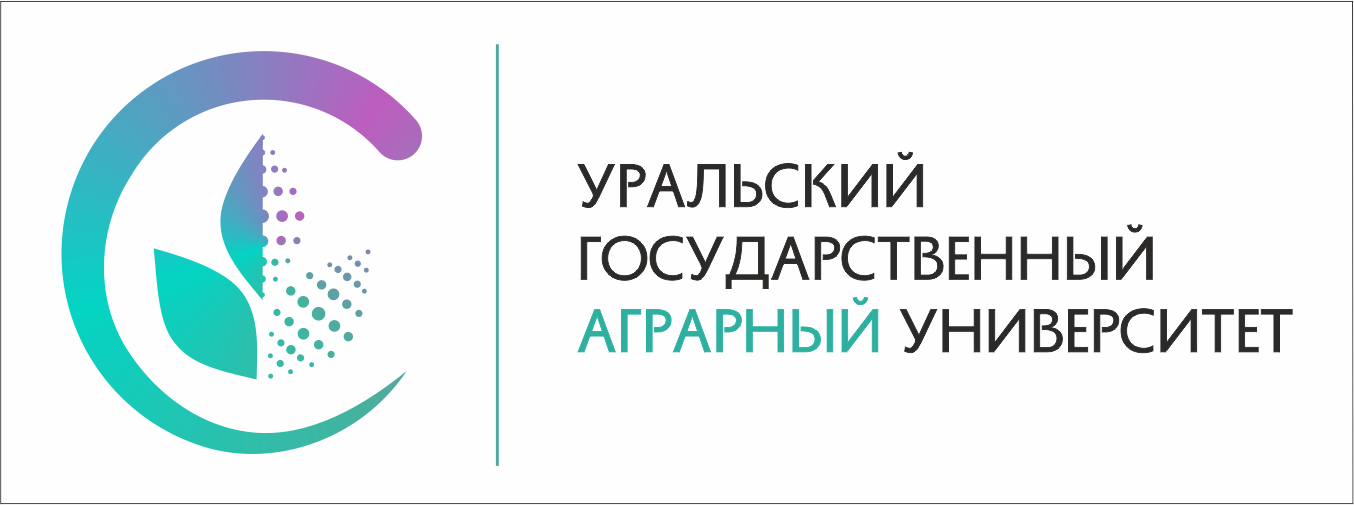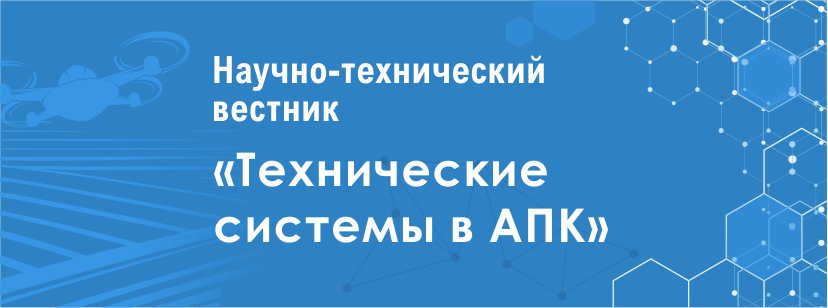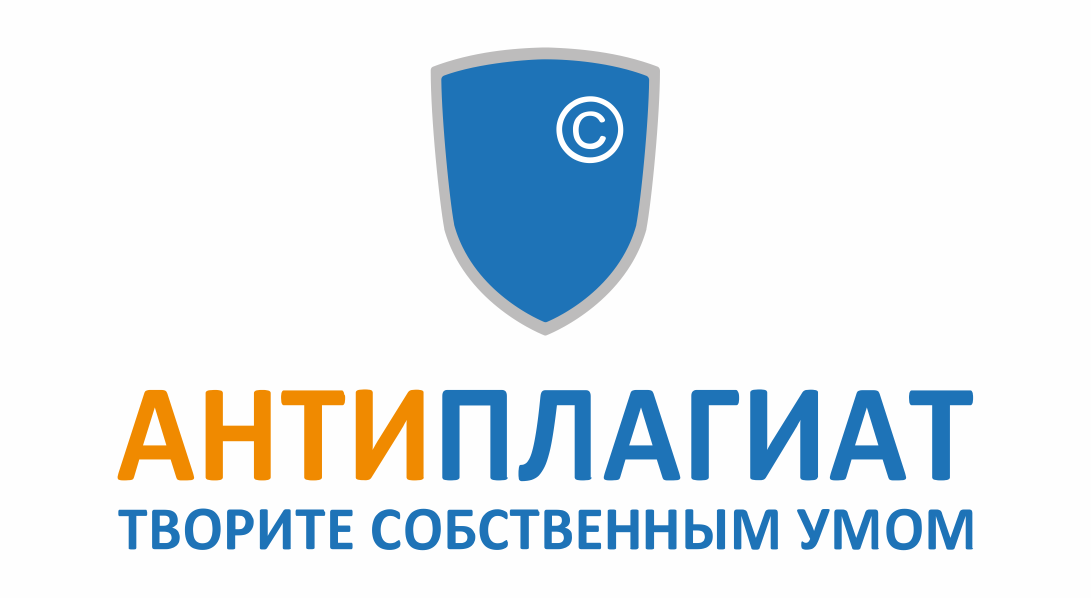T. V. Kalyuzhnaya, A. N. Tokarev, A. V. Smirnov, A. S. Smolkina, I. V. Sokolov
Saint Petersburg State University of Veterinary Medicine, Saint Petersburg, Russia
E-mail: This email address is being protected from spambots. You need JavaScript enabled to view it.
Volume 25 No. 10
Date of paper submission: 19.05.2025, date of review: 12.06.2025, date of acceptance: 15.07.2025.
Published: 10/31/2025
Abstract. The study is aimed at assessing the content of ecotoxicants (lead, mercury, cadmium, arsenic) in feed crops of agricultural farms in the Leningrad region to ensure the safety of feed products and raw materials for their production. The relevance of the work is due to the risk of accumulation of toxic elements in food chains and the need for veterinary and sanitary control over the toxic safety of feed in the context of the growth of agro-industrial production. The purpose of the work was to determine the content of lead, mercury, cadmium and arsenic in fodder crops of agricultural farms in the Leningrad region. Methods. In the period of 2024, 226 samples of five types of forage crops (clover, alfalfa, fescue, bluegrass, timofeevka) from seven districts of the Leningrad region were examined and analyzed. The quantitative analysis was performed by atomic absorption spectroscopy. Scientific novelty. For the first time, a comprehensive assessment of toxic elements in feed from the Leningrad region was carried out with an emphasis on geographical and species variability. Results. Concentrations of toxic elements did not exceed acceptable levels. The maximum values of toxic elements were determined in alfalfa. The minimum values were found in fescue (lead) and timothy (arsenic). The largest accumulation of lead was noted in the Luzhskiy region, arsenic – in Priozerskiy, cadmium – in Gatchinskiy, Vsevolozhskiy and Priozerskiy, mercury – in Vsevolozhskiy. The data obtained confirm the compliance of the region's forage crops with the standards, but the identified inter-district and interspecific differences emphasize the need for regular monitoring. The results can serve as a basis for optimizing veterinary and sanitary control and the development of agrotechnical detoxification measures in risk areas.
Keywords: fodder crops, toxic elements, lead, arsenic, mercury, cadmium, ecotoxicants, safety assessment, feed products, veterinary and sanitary control
For citation: Kalyuzhnaya T. V., Tokarev A. N., Smirnov A. V., Smolkina A. S., Sokolov I. V. Assessment of concentrations of toxic elements in fodder crops of agricultural farms of the Leningrad region. Agrarian Bulletin of the Urals. 2025; 25 (10): 1656‒1664. https://doi.org/10.32417/1997-4868-2025-25-10-1656-1664 (In Russ.)
Download the full text of the article












